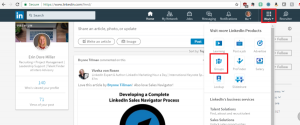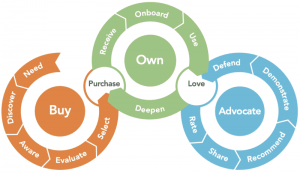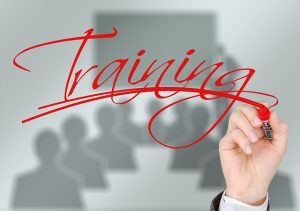
I get it, you take your website seriously. And as well you should!
For most of us, our website is more than just a hobby or a vanity project — it is an integral part of a business and a critical component in how we make our livelihood. With this in mind, why settle for a less-than-impressive website?
And as stated by Sean in this KISSmetrics post, A 1-second delay in page response can result in a 7% reduction in conversions!
Yikes! With those sobering statistics/cautionary tale in mind, here are seven quick tips that will optimize your WordPress site for speed and efficiency…
1. Measure Your Site’s Performance
If you don’t know how exactly your site is performing, you can’t very well do the job of fixing it and making it more efficient, can you?
There are several existing tools out there that are easy-to-use and will quickly measure the current level of performance your site is experiencing. Google offers a Page Speed tool that measures site performance by analyzing your page and even suggesting how you may go about improving page loading.
GTmetrix is my favorite tool to use though because it combines both the Google Page Speed data and the Yahoo YSlow.
GTmetrix comes in mightily handy when I’m developing websites for my clients.
Check it out before going any further!
2. Select a Good Host
If possible, avoid using a shared host for your website. Sure, it’s affordable and seems like a great idea at first, but the reality of the situation is that a shared host will result in slower speeds and likely greater downtime for your website… and that’s something you really can’t afford. Invest in the future and prepare for big traffic in advance by avoiding shared hosting.
With the server, try and get one housed in the country where the majority of your traffic will be. This will help to reduce the lag between the user clicking on a link and seeing the page they requested.
VentraIP is an excellent choice as it offers dedicated hosting in both Melbourne and Sydney. Although Crucial Paradigm is a popular contender for dedicated hosting as well.
3. Keep WordPress and Its Plugins Up-to-Date
This one is simple and likely self-evident, but nonetheless, it can be easy to forget. Always remember to keep your primary WordPress installation and any installed plugins up-to-date.
WordPress does a good job of reminding you that a new version is available upon logging into your admin section, but it can be easy to forget to head over to the plugins area of the content management system to ensure your installed plugins are up-to-speed.
If you’re experiencing problems with your site — whether visible glitches or simply site loading inefficiency — be sure to check both your WordPress version and the version numbers of your plugins, and update accordingly.
Up-to-date plugins keep everything in line and your site secure.
Also, remember that the more plugins you add into your site the slower your site will be, it also increases the number of options for hackers to gain access to your site through vulnerabilities.
So, only install the plugins you need, and only from reputable sources.
4. Optimize Your Database
Sometimes it’s nice to have somebody (or in this case, something) take over and do the work for you. There are WordPress plugins that serve to optimize your database once you have them installed. One such example is Yoast Optimize DB. Plugins which offer caching facilities might speed your site up as well, but bear in mind that there is often overlapping functionality between database optimization plugins and caching plugins.
Oh, and don’t forget to keep your database optimization/caching plugins updated to their current versions, as we discussed previously!
5. Compress Site Images
Never forget to take a look at the size of the images you upload onto your site!
If there are any images used in your template you should make sure you get these compressed to save time.
Images can almost always be compressed into a much smaller file that increases site loading performance without sacrificing image quality.
Fortunately, there are plugins for this, too. One such recommended WordPress image compression plugin is TinyPNG.
6. Compress CSS and JavaScript Files
Don’t stop at just compressing images!
Compressing CSS and JavaScript files can be key to ensuring your site continues to run smoothly. Such compression will invariably lead to better loading times through minimizing the overall size of your site. Consider Closure Compiler for optimizing JavaScript and CSS Compressor for whipping your CSS into shape.
7. Use a Content Delivery Network (CDN)
A Content Delivery Network (CDN) will take your static files (JavaScript, CSS, images, and more) and serve those files on regional servers that are closest to the visitors attempting to access them, resulting in quicker downloads.
Large blogs utilize CDNs all the time to optimize their sites, and it’s a superb idea that’s worth looking into for your site, too. Amazon S3 and MaxCDN are both excellent CDN choices.
If you follow these steps and optimize your site accordingly, you’re bound to find that your visitors will be happier and will spend more time on your pages, likely resulting in better returns on your end, too. And who can argue with those results?
Digital & Social Articles on Business 2 Community(133)
Report Post











